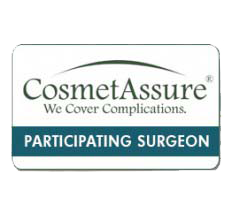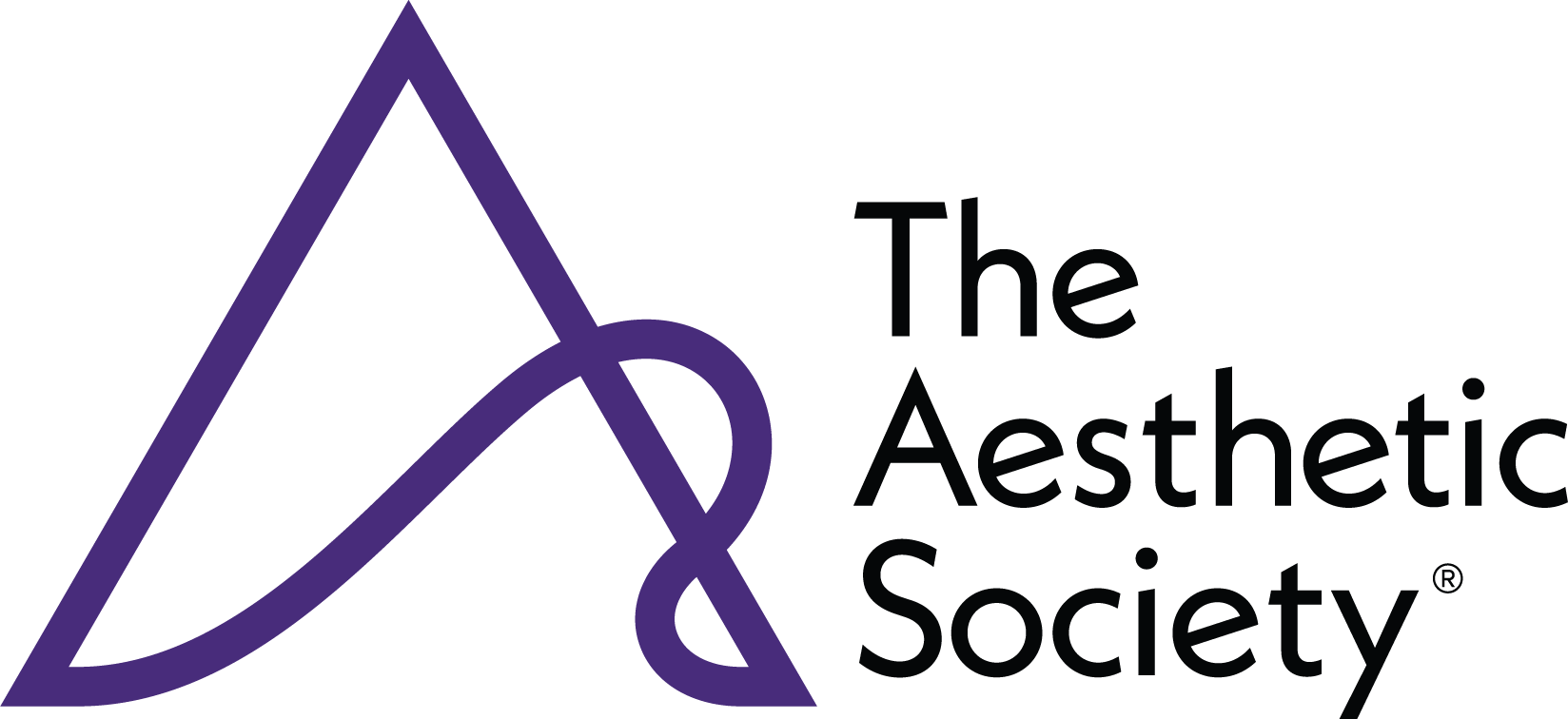The American Society of Plastic Surgeons published a report showing there has been a rise in the number of people receiving chin augmentation procedures which was posted on the Mother Nature Network. Below is an excerpt from the study. See the full article here. The number of Americans undergoing plastic surgery on their chin rose […]
14.6 Million Cosmetic Plastic Surgery Procedures Performed in 2012
Courtesy of PlasticSurgery.org Minimally-Invasive, Facial Rejuvenation Procedures Fuel 5% Growth As economic indicators such as auto, retail, and home sales saw gains in 2012 – so too did plastic surgery. According to statistics released today by the American Society of Plastic Surgeons (ASPS), 14.6 million cosmetic plastic surgery procedures, including both minimally-invasive and surgical, were […]
How young is too young? How old is too old?
There really is no set in stone rule as to the appropriate ages for plastic surgery. The appropriateness of plastic surgery procedures should be examined more on a case by case basis. Certain criteria need to be looked at such as the individual’s unique body type and aging process. Of course, there are age tendencies […]
Facial Bones Show Signs of Aging Too
For Optimal Facial Rejuvenation, Plastic Surgeons Should Consider What’s Going on Under the Skin What makes us look older? Wrinkles and sagging result not just from changes in the skin, but also from age-related changes in the underlying facial bones, according to a report in the January issue of Plastic and Reconstructive Surgery®, the official […]


